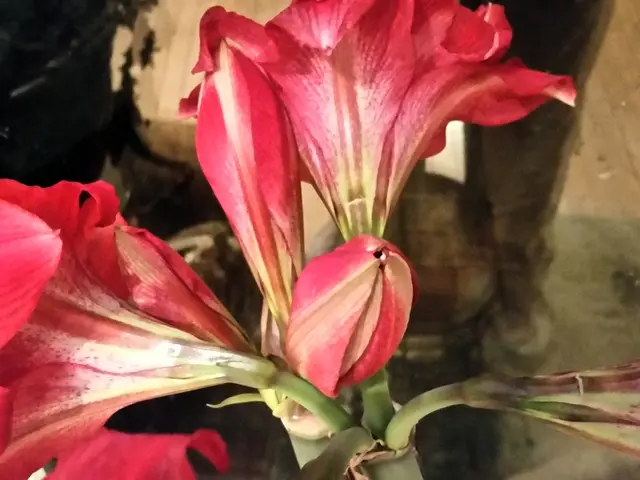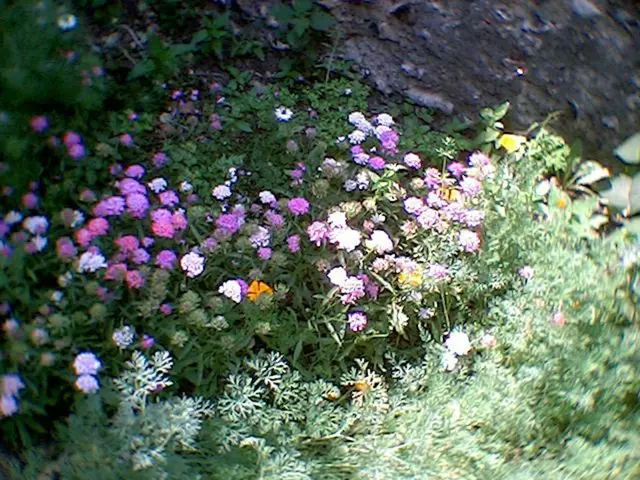Errors in Caring for Hostas: 4 Common Blunders That Damage Your Plants
Refresh: Your Guide to Reviving Your Struggling Hostas
When the spring breeze wafts, and your cherished hostas fail to reappear, it's a bummer, right? Don't count them out yet! These plants might be victim to common mistakes gardeners often make. Read on as we chat with a landscaping guru, Damon Abdi, Assistant Professor of Landscape Horticulture at Louisiana State University's agricultural center, to tackle the culprits behind hosta woes and their solutions.
Hostas and Sunlight
You'd think low-maintenance hostas would thrive in any condition, but, surprisingly, sunlight's a tricky issue for them. As Damon points out, "The amount of light differs by variety," with varieties boasting dark blue foliage requiring minimal light, brighter colored ones needing less than 4 hours of direct light, and variegated ones settling somewhere in between. So when picking a spot for your hostas, keep a watchful eye on the sunlight throughout the day. These plants typically enjoy the soft emissions of morning sun since it's less aggressive. Be mindful of the shade tree foliage; it can significantly alter the light exposure for your hostas. Should the conditions change over time, don't hesitate to relocate your hostas to a place where they can truly flourish.
Watering - A Fine Line
These green beauties demand a balanced approach to watering; not too much, not too little. Shady locations tend to keep the soil continuously damp, leading to overwatering. On the other hand, hostas planted near trees might suffer from underwatering due to competition for water. A good watering routine involves regular checks on soil moisture and irrigation approximately once a week. A generous layer of organic mulch can help prevent drying between watering sessions.
Remember, your hostas can cope with dry spells to some extent, but don’t push it!
Location, Location, Location
Selecting the right location for hostas can make or break their survival and growth in the long run. Damon advises considering the mature size of the hosta variety you're growing when planning placement. If your hostas have reached the limits of the current location, it might be time for division. This simple process involves splitting a large hosta into smaller ones, allowing you to handle the growing space situation and create a picturesque landscape. Division is best done in the spring and only as necessary, when the plant outgrows its location or you're looking for an aesthetic overhaul.
Deer - Garden Crashers
Noticing damaged foliage might signify deer having a feast on your hostas. Unfortunately, this is a common occurrence in rural and suburban settings. The solution? Install fencing to keep the deer from raiding your prize hostas. In urban gardens, deer aren't typically an issue.
With these insights, you're on track to nursing your hostas back to health and transforming your garden into a lush, vibrant haven!
Martha Stewart's guide on landscaping suggests that hostas, often a part of home-and-garden lifestyle, require careful consideration when it comes to sunlight. Aim for both variety-specific and location-specific sunlight exposure, preferably the soft morning sun and in sections protected from shade tree foliage.
When contemplating watering techniques for hostas, it's essential to strike a balance; they thrive with regular checks on soil moisture and frequent irrigation without overdoing it or letting them dry out completely.
In terms of location, selecting an area based on the mature size of the hosta variety, and neighboring plants, can help these garden favourites thrive and prosper, providing a beautiful addition to your landscaping endeavors.








